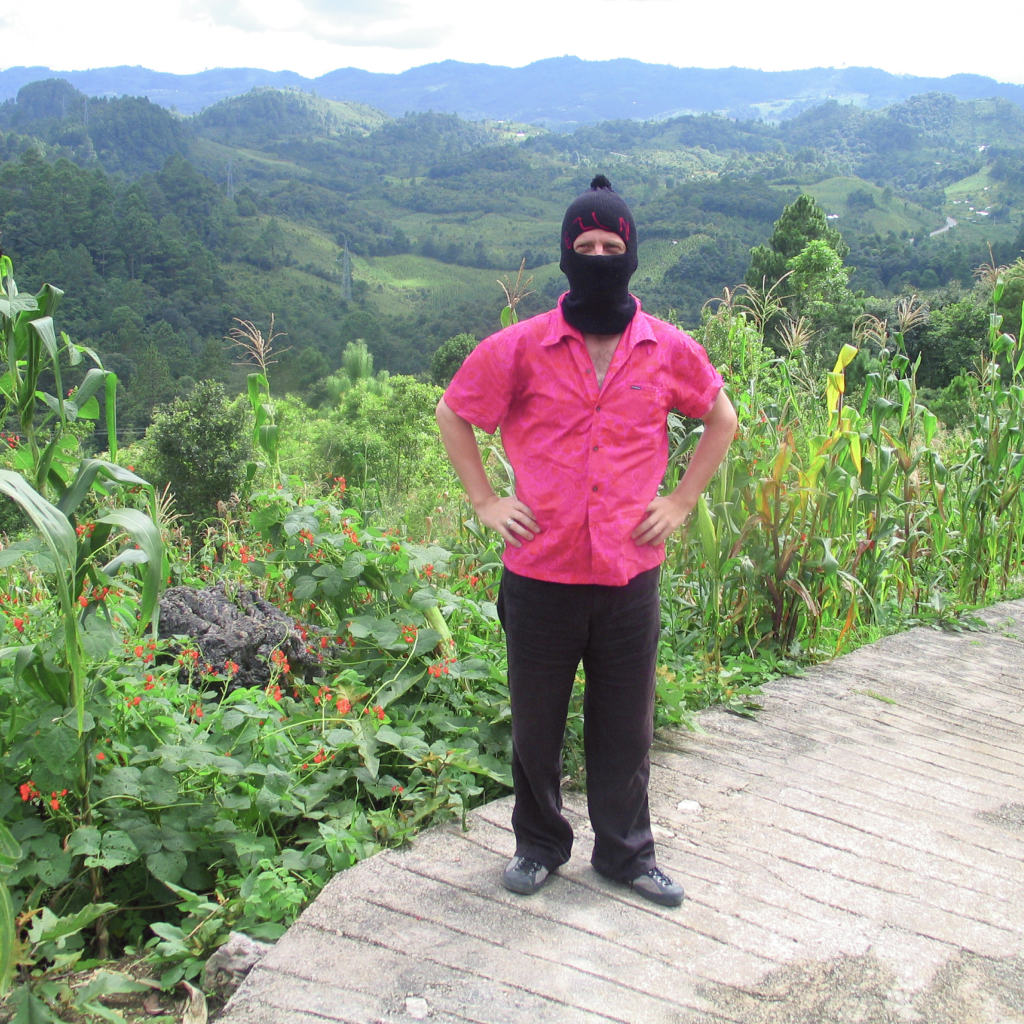La Triennale Québecoise

According to informal surveys (i.e. gossip) compiled by travelling Montreal artists and art professionals, most people in the international art world have very little to say about Montreal other than they’ve never been and don’t quite know why this is the case. And when it comes to discussing Canadian art, internationals are often hard-pressed to name more than two Canadian contemporary artists and, usually, no Quebec artist makes it onto this shortlist. The tragedy is that for the most part, even within our own borders, Canadian contemporary art practices continue to develop in relative to total anonymity. Often unfairly branded as elitist and discredited in the name of some populist moral high ground, art and artists are unfortunately too easily excluded from current social debates.
Therefore, the curatorial team that conceived the inaugural Québec Triennial at the Musée d’art contemporain de Montréal (MACM) sought primarily to show the public what they’d been missing out on. Hence, the Québec Triennial is probably as straightforward as an exhibition can get: the MACM’s curatorial team (chief curator Paulette Gagnon and collections curator Josée Bélisle, along with exhibition curators Pierre Landry and myself) filled the museum’s eight galleries with new art from Quebec.
Beyond the celebratory nature of an exhibition of this scope and scale, I see the Québec Triennial as an opportunity to reflect on how such an event can situate itself in a broader cultural context, and, in turn, how it can actively re-situate the cultural context it stems from. Indeed, where does the art of Quebec come from? Where is it going? And how does it affect us as a society now, and how will it affect us in the future?
With the proliferation of international biennials and triennials, how can we look at the MACM’s Triennial in the broader context of Quebec’s place in the world? Inevitably, the relationships between cultural centres and peripheral artistic production, particularly in a North American context, are put into play. Quebec’s cultural motor is its metropolis, Montreal, which, as a major Canadian city, remains peripheral to New York, London and Berlin. Also, Quebec’s identity rests on a colonial past in which colonizer (France) became colonized (by Great Britain) and in which American cultural values have been rubbing shoulders with the art and literature of France for over four hundred years.
By presenting to our audiences local artistic production situated in both a wider global context and the terms individually established by each artist (how they are engaged with the local), we are attempting to hold up a mirror to Quebec society, only to realize that it will have a much wider angle than probably suspected previously. Historically, Quebec has often thought of itself as different from the rest of North America, in that it is French-speaking and Catholic. This is the two-pronged root of our identity. But, not unlike most of the affluent West, this difference has gone through some radical changes: the perceived homogeneity that was mainly rural has been, for the last hundred years or so, gradually replaced by a French-speaking, cosmopolitan society propped up by strong cultural and entertainment institutions.
More often than not art, unlike literature or film, does not depend on spoken language and remains an activity in which individual voices can be singled out. Yet the local art scene here remains divided along language lines (Concordia University grads on one side and their counterparts from the Université du Québec à Montréal on the other). Being inclusive does not always mean having a myriad of ethnic and cultural origins under one moniker, but rather having a balance of French-speaking (francophone) and English-speaking (anglophone) artists. But, as I mentioned earlier, that division along language lines rests on old dualities that pre-date mass urban immigration and the co-option of cosmopolitan values by nation-building interests, be they Canadian or Québécois. The aforementioned two-pronged root of a conservative construction of our past experience, which focuses on sameness, contrasts with the inter-subjectivities of the fragmented cosmopolitan metropolis of the present and future.
